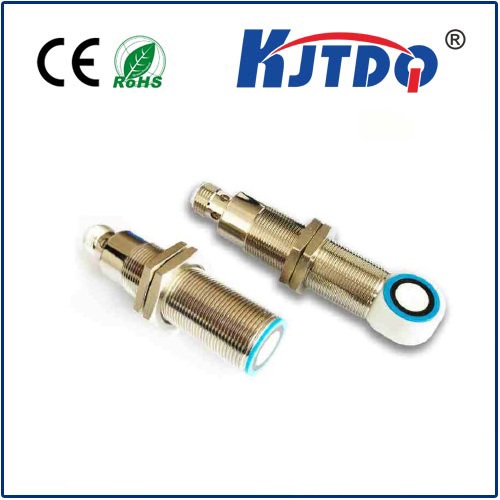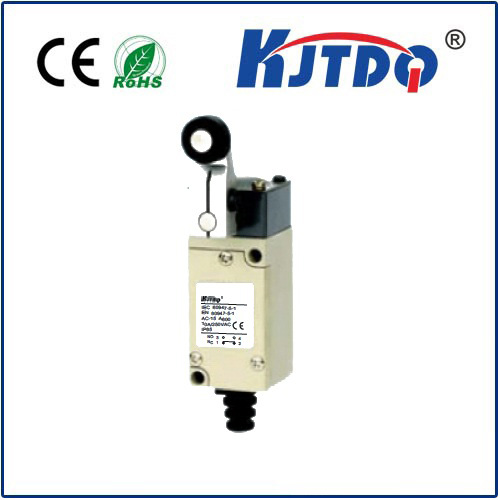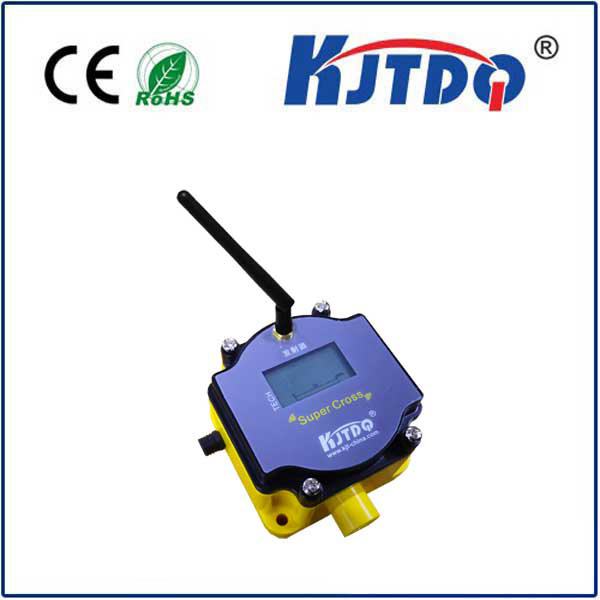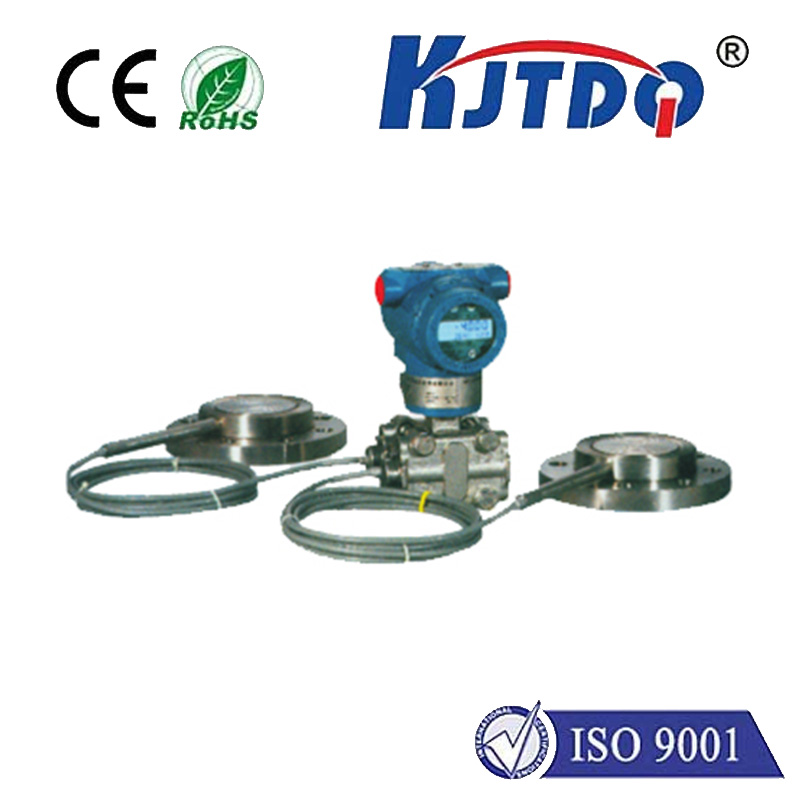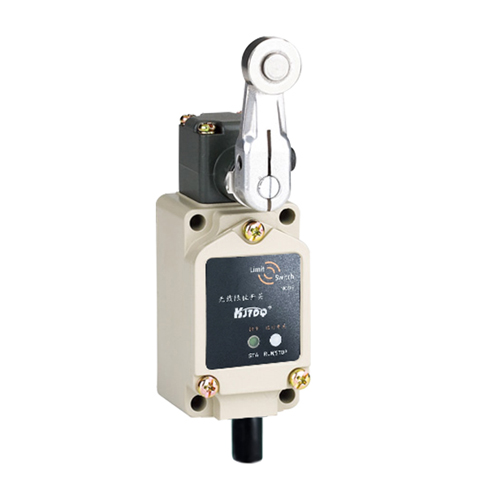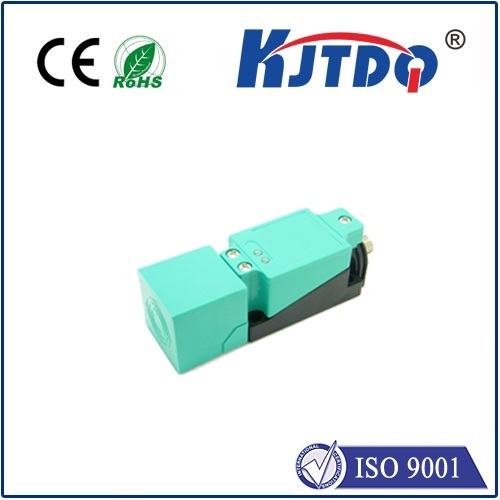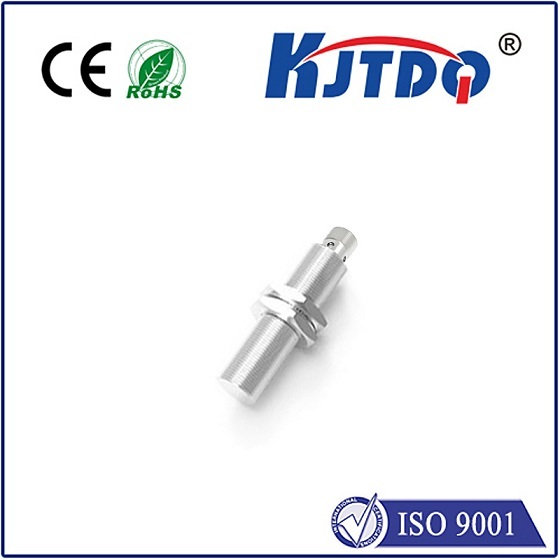ersce limit switch
- time:2025-07-30 13:10:55
- Click:0
Ersce Limit Switches: The Unsung Heroes of Industrial Automation Safety
In the relentless pulse of modern manufacturing, where robots articulate with precise movements and automated lines hum with productivity, safety is the non-negotiable foundation. Uncontrolled motion or machine operation beyond intended limits can lead to catastrophic equipment damage, costly downtime, and, most critically, severe injury. Preventing these scenarios is precisely where Ersce limit switches step into the spotlight as vital guardians. Far more than simple on/off triggers, these robust devices are engineered components critical for ensuring operational integrity and protecting personnel within demanding industrial landscapes.
Understanding the Ersce Limit Switch: Defining Boundaries
An Ersce limit switch is a fundamental safety switch device designed to detect the presence or absence of an object, or to monitor the position of moving machinery components, within a specific, pre-defined range. Unlike purely electronic sensors, many Ersce switches employ a *robust mechanical actuation mechanism*. Physical contact with an actuator arm or roller plunger triggers an internal mechanism, rapidly changing the state of its electrical contacts. This inherent mechanical principle contributes significantly to their high reliability and fail-safe operation, crucial attributes in safety-critical applications.
Core Functions: Why Ersce Limit Switches Are Essential
The functions of an Ersce limit switch extend far beyond basic detection:

- Position Verification & End-of-Travel Control: They are indispensable for confirming that a machine part (like a robotic arm, slide, gate, or door) has reached its designated starting point, ending point, or any intermediate critical position. This prevents overtravel, collisions, and potential jams.
- Sequencing Control: They provide vital inputs to a machine’s Programmable Logic Controller (PLC) or safety relay, signaling when one action is complete and the next step in an automated sequence can safely commence.
- Emergency Stop Function Extension: While distinct from dedicated E-stop buttons, limit switches can act as part of a safety circuit, detecting dangerous conditions (like a guard door being open) and initiating an immediate machine shutdown. Look for switches explicitly rated for such safety functions (e.g., SIL, PL, Category).
- Overtravel & Damage Prevention: By physically limiting the movement range of machinery, they protect mechanical components (leadscrews, gears, cylinders) from exceeding their design limits and suffering damage.
Key Advantages of Ersce Limit Switches: Engineered for Reliability
Ersce has built a reputation on designing switches that withstand the rigors of industrial environments. Key advantages include:
- Robust Mechanical Construction: Built with high-grade materials (stainless steel components, durable housings like thermoplastics or metal alloys) to resist shock, vibration, impact, and wear from repeated actuation. This translates to extended operational lifespan and reduced maintenance.
- Exceptional Environmental Resilience: Many models boast impressive IP (Ingress Protection) ratings (e.g., IP65, IP67, IP69K), ensuring reliable performance despite dust, water jets, or high-pressure washdowns common in food & beverage, chemical, or outdoor applications. Resistance to oils, coolants, and cleaning agents is also a hallmark.
- Wide Range of Actuators: Ersce offers diverse actuator styles (roller levers, plungers, wobble sticks, fork levers) to suit virtually any application requirement and mounting orientation. Choosing the optimal actuator is critical for reliable function and longevity.
- High Electrical Ratings & Diverse Contacts: Capable of switching significant currents directly or providing low-power PLC signals, with options for Normally Open (NO), Normally Closed (NC), or changeover (SPDT/DPDT) contacts to fit any control logic.
- Safety Certification: Crucially, Ersce safety limit switches are designed and rigorously tested to meet international safety standards (e.g., ISO 13849-1, IEC 60947-5-1, IEC 62061). This certification is essential when their role involves personnel protection or preventing hazardous machine states.
Critical Applications: Where Ersce Limit Switches Shine
These versatile switches are ubiquitous across industry:
- Machine Tools: Controlling tool changers, spindle positioning, coolant doors, and axis limits on CNC machines, milling centers, and lathes.
- Material Handling Systems: Verifying pallet positions on conveyors, controlling gate operation in automated warehouses (AS/RS), and signaling the end position of hoists and lifts. Ensuring safe movement in potentially hazardous zones is paramount.
- Packaging Machinery: Detecting filled product positions, confirming case flap folding, and interlocking guarding on filling, sealing, and palletizing lines.
- Robotics: Defining safe work envelopes for collaborative and industrial robots, confirming gripper positions, and detecting the open/closed status of safety enclosures.
- Industrial Doors & Gates: Monitoring the fully open and fully closed positions of factory doors (including high-speed doors) and security gates for safe and controlled access.
- Process Equipment: Tracking valve positions, agitator positions in tanks, and verifying hatch status in chemical plants.
Selecting and Integrating Ersce Limit Switches: Key Considerations
To maximize performance and safety:
- Function: Precisely define the role (position detect, end-stop, safety interlock).
- Safety Requirements: If personnel protection is involved, mandatorily choose a switch certified to the required Performance Level (PL) or Safety Integrity Level (SIL) and integrate it into a validated safety circuit architecture (e.g., safety relay, safety PLC).
- Environment: Consider temperature extremes, moisture, dust, chemicals, and potential washdown needs. Select an appropriate IP rating and housing material.
- Actuator Type & Force: Match the actuator to the object being sensed and the available mounting space. Ensure actuation force is sufficient and won’t damage the actuator.
- Electrical Load: Specify voltage, current type (AC/DC), and current rating required by the load being switched.
- Mounting & Adjustment: Ensure the switch can be securely mounted and easily adjusted to achieve precise actuation points. Ersce often provides compact designs or models with fine adjustment features.
- Diagnostics: Consider switches with integrated position indicators or auxiliary contacts for easier troubleshooting.
The Future: Integration and Intelligence
While fundamentally electromechanical devices, Ersce limit switches continue to evolve. Integration with predictive maintenance strategies is a growing trend. Monitoring the switch’s mechanical condition (actuation force, contact resistance trend) can signal impending failure before it disrupts production or compromises safety. Furthermore, convergence with functional safety standards and the demand for higher diagnostics drive continuous refinement in design and certification.
Conclusion: A Fundamental Pillar of Safe Automation
Ersce limit switches are far more than simple components; they are fundamental pillars of safe, reliable, and efficient industrial automation. Their robust mechanical design, environmental resilience, and unwavering reliability make them indispensable for defining operational limits, verifying critical machine states, and safeguarding personnel. By understanding their core functions, key advantages, and critical selection criteria, engineers and maintenance professionals can leverage these essential devices to build inherently safer and more productive automated systems. In safeguarding both people and processes, Ersce limit switches truly stand as indispensable sentinels on the modern factory floor.












